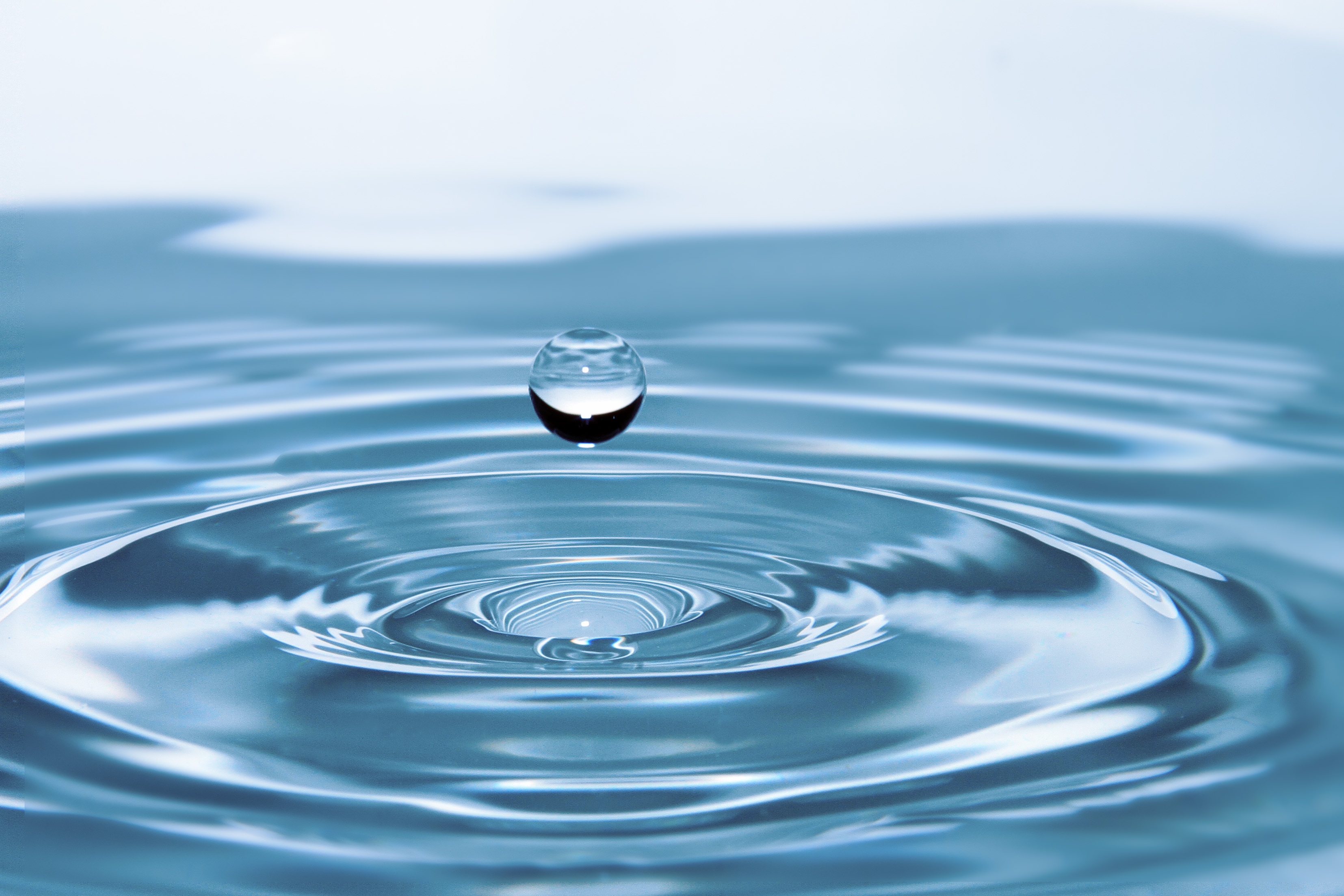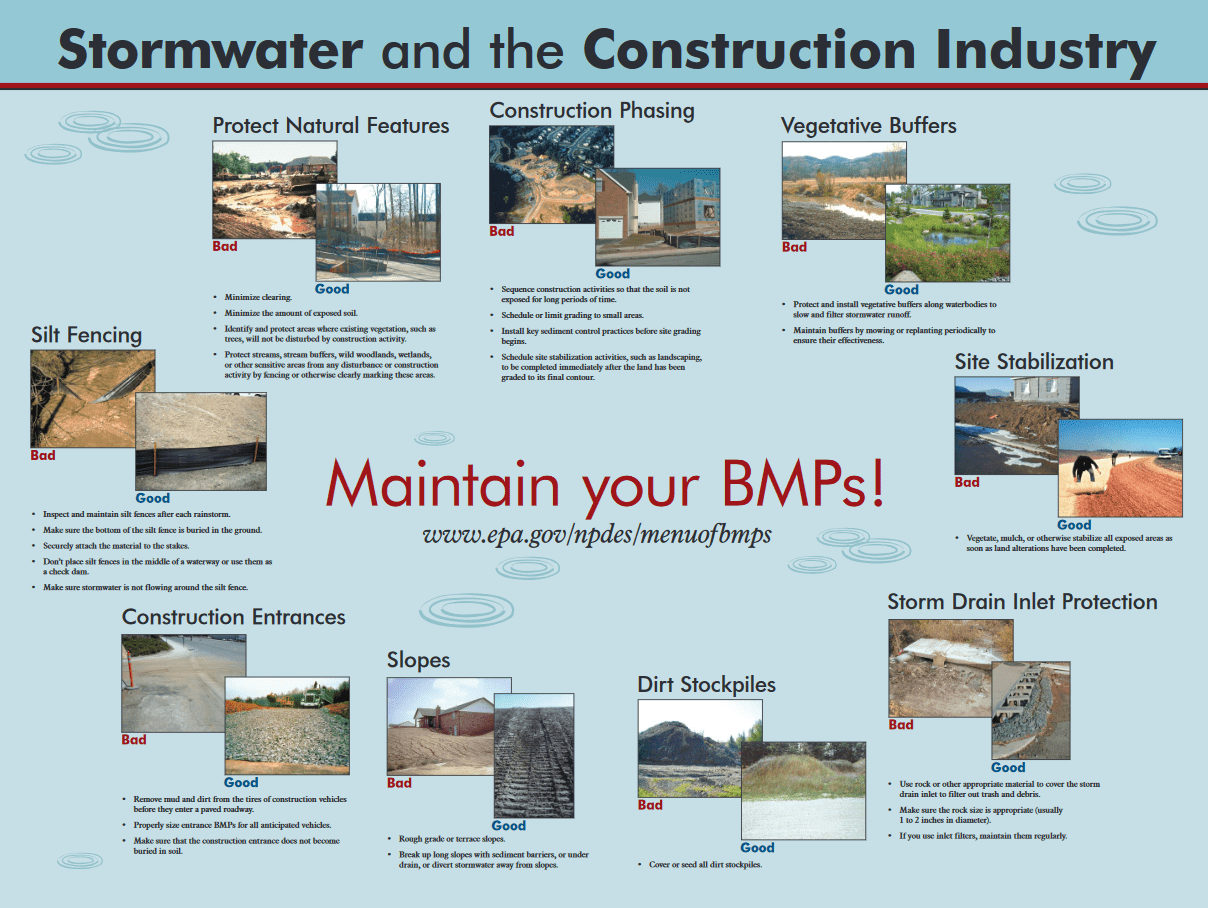STORMWATER POLLUTION PREVENTION PLANNING (SWPPP)
SWPPP is an acronym for Storm Water Pollution Prevention Planning. To better protect California’s precious water supply, modifications were made to the Clean Water Enforcement and Pollution Prevention Act of 1999. The amended California Water Code authorized the State Water Resources Control Board to require a discharger* to prepare and implement a pollution prevention plan that meets very specific and rigorous protections.
*According to the program, a discharger is defined as any entity required to obtain a National Pollutant Discharge Elimination System (NPDES) permit or any entity subject to the federal pretreatment program.
WHY IT IS IMPORTANT
Stormwater runoff is rain or snowmelt that flows over land and does not percolate into the soil. Stormwater runoff occurs naturally, in small amounts, from almost any type of land surface, especially during larger storm events. Impervious surfaces, such as buildings, homes, roads, sidewalks, and parking lots, can significantly alter the natural hydrology of the land by increasing the volume, velocity, and temperature of runoff and by decreasing its infiltration capacity. Increasing the volume and velocity of stormwater runoff can cause severe stream bank erosion, flooding, and degrade the biological habitat of these streams.
Reducing infiltration can lower groundwater levels and affect drinking water supplies. IN addition, as stormwater runoff moves across surfaces, it picks up trash, debris, and pollutants such as sediment, oil and grease, pesticides and other toxins. Changes in ambient water temperature, sediment, and pollutants from stormwater runoff can be detrimental to aquatic life, wildlife, habitat, and human health. Even during a short period of time, construction sites can contribute more sediment to streams than would be deposited naturally over several decades. Excess sediment can cloud the water, reducing the amount of sunlight reaching aquatic plants, clog fish gills, smother aquatic habitat and spawning areas and impede navigation in our waterways.
The primary stormwater pollutant at a construction site is sediment.To control erosion at a construction site, it is important to understand the different types of erosion that can occur. Erosion begins when raindrops break down the soil structure and dislodge soil particles. Runoff carrying the soil particles becomes sheet erosion which eventually forms smaller rills and larger gullies. The best way to stop erosion is to keep the soil in place through vegetation, erosion control blankets, and other methods that prevent the soil from becoming dislodged during rain events.
A properly developed SWPPP ensures compliance, dramatically reduces the risk of accidents, penalties, and drives long-term site stability.
FAILURE TO IMPLEMENT AN SWPPP
Failure to implement your SWPPP could result in accidental discharge, violations, and significant fines from EPA or a state environmental agency. Therefore, it is important that you develop an SWPPP to address the specific conditions at the site, fully implement a plan, monitor the site, and keep it up-to-date to reflect changes at the site on an ongoing basis.






